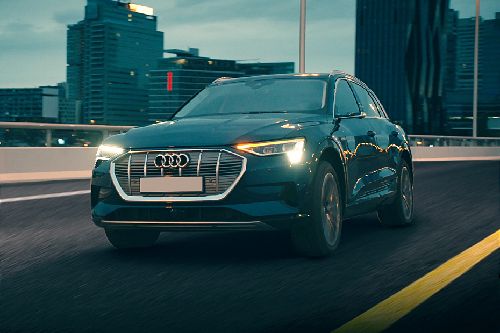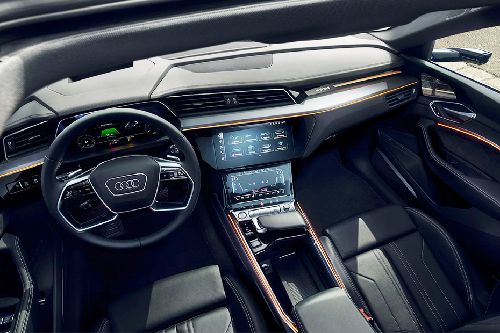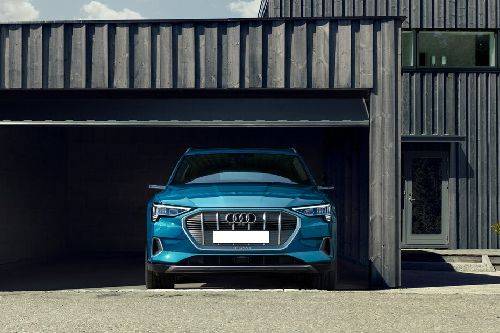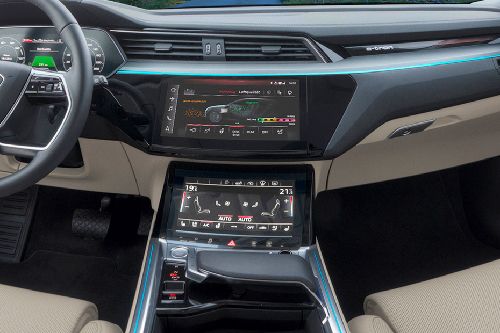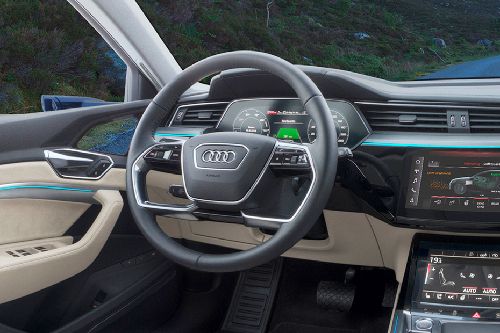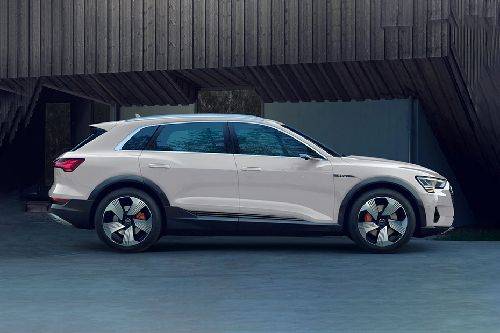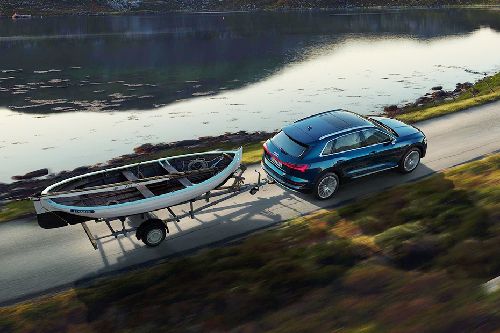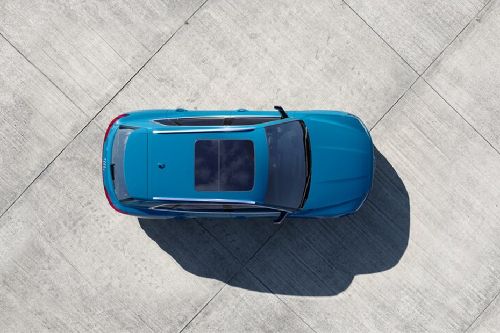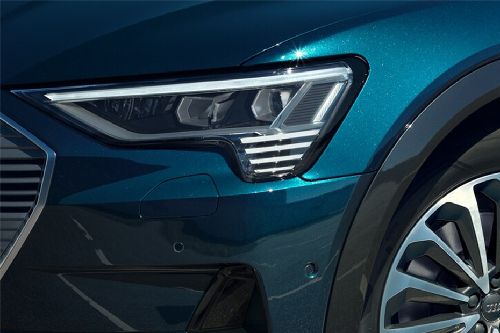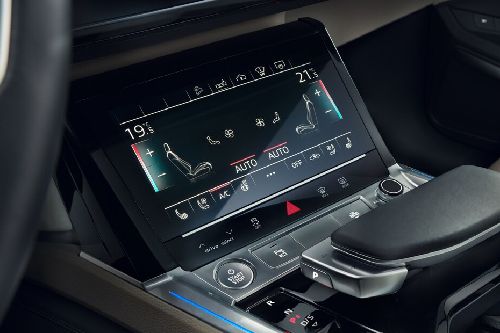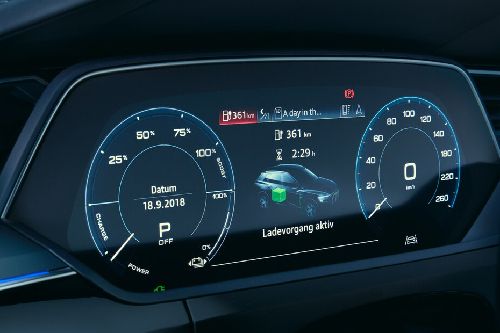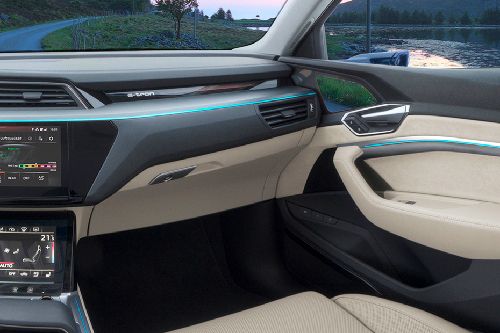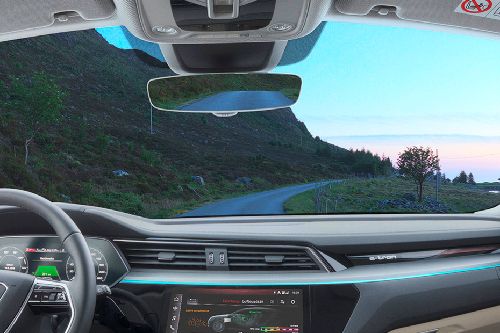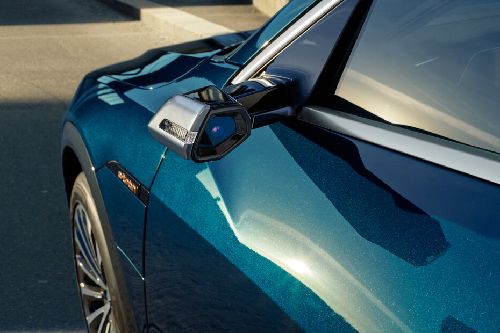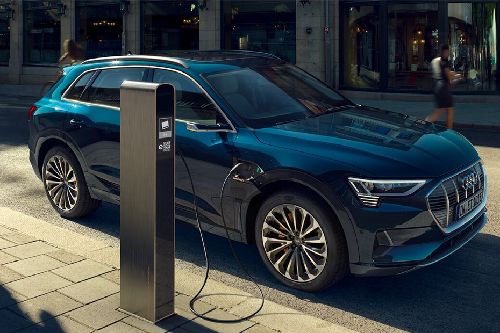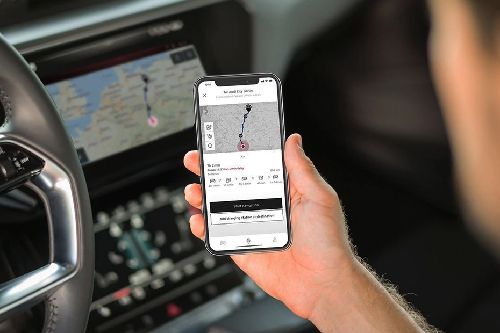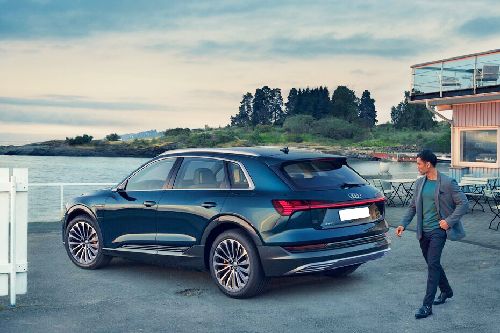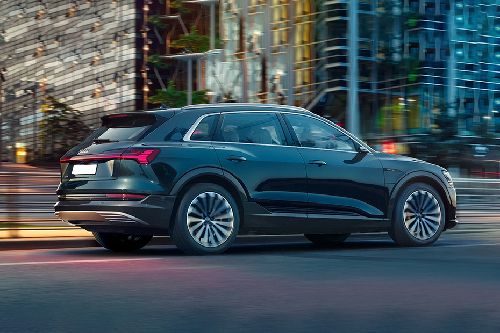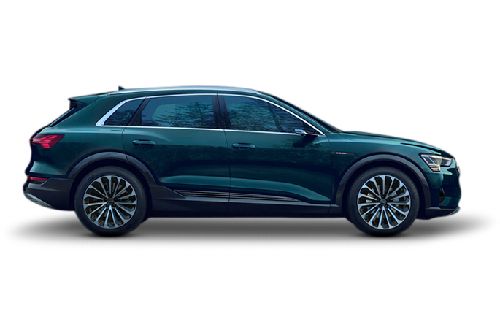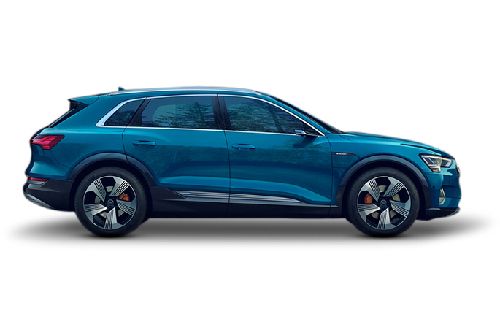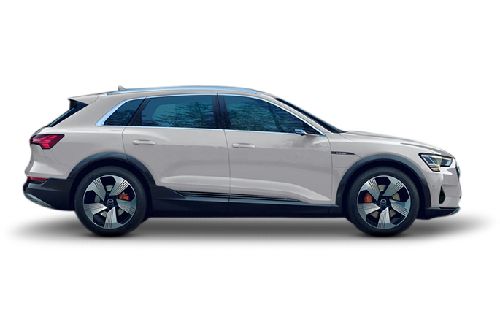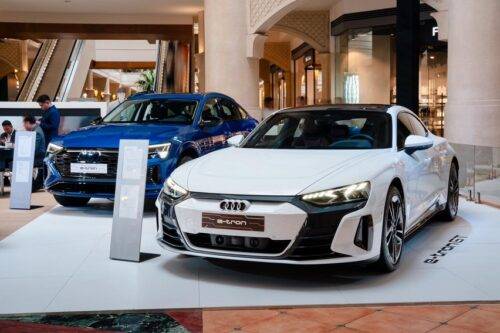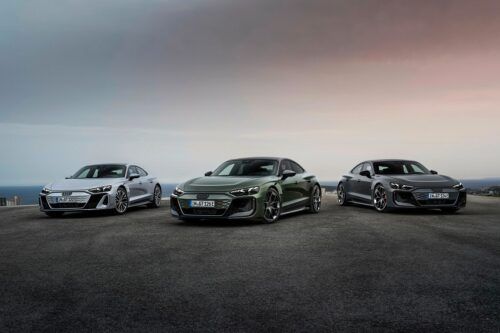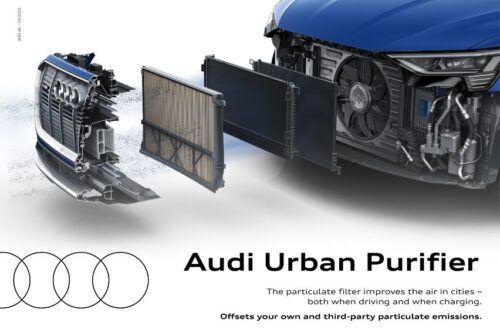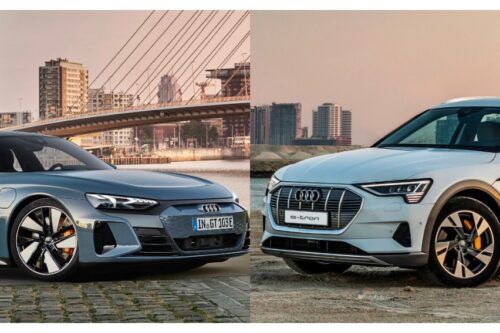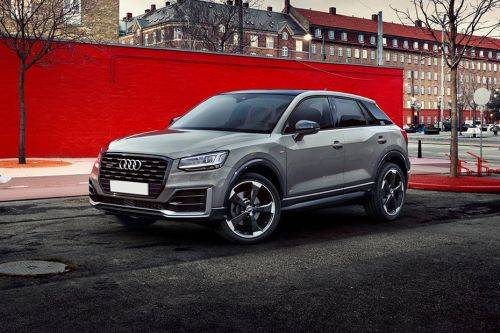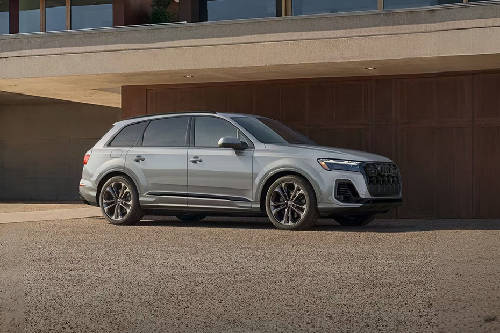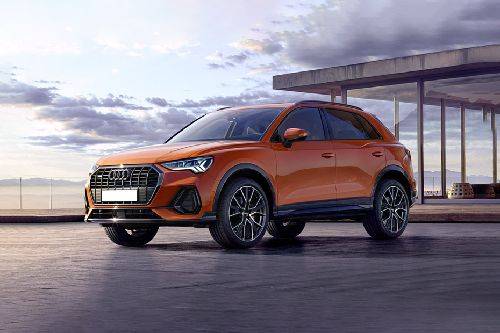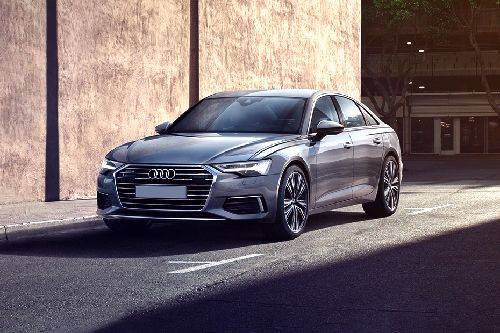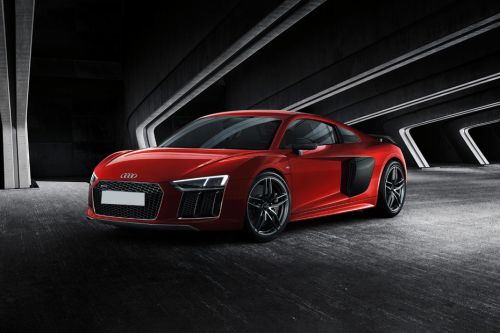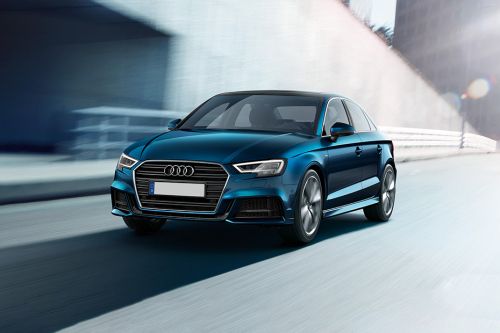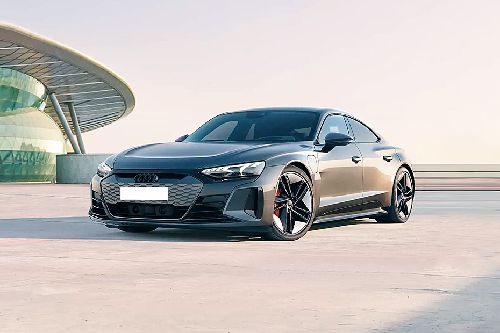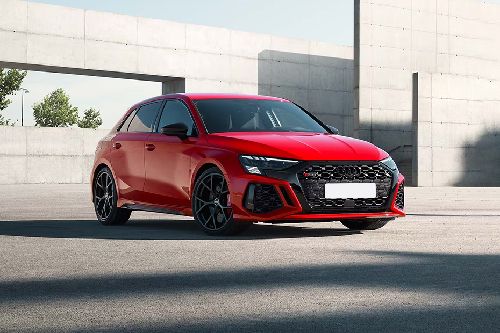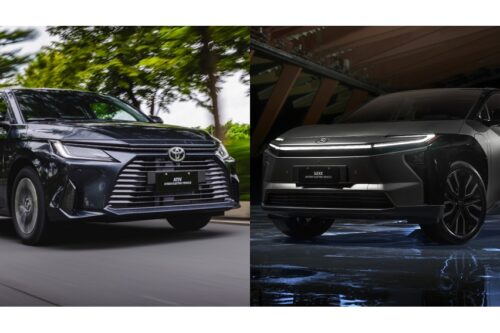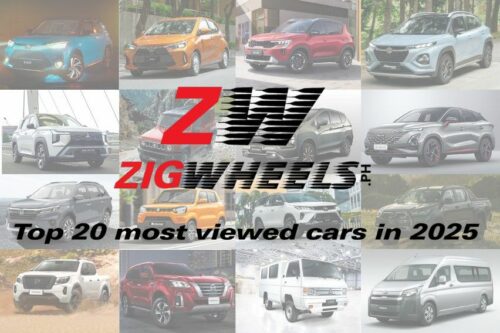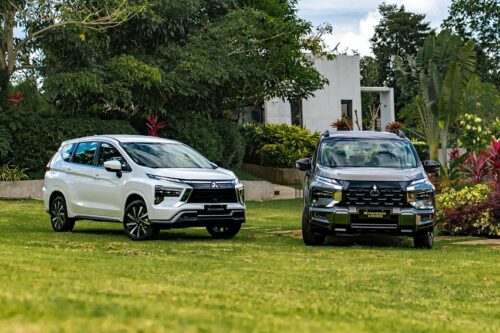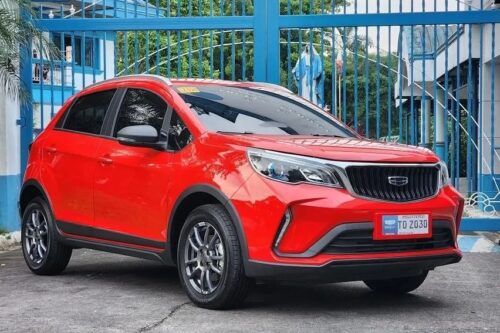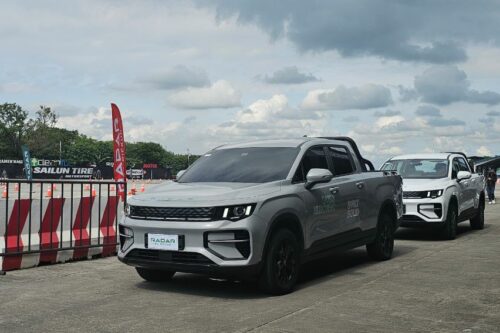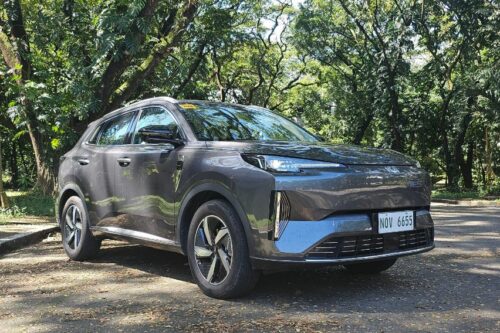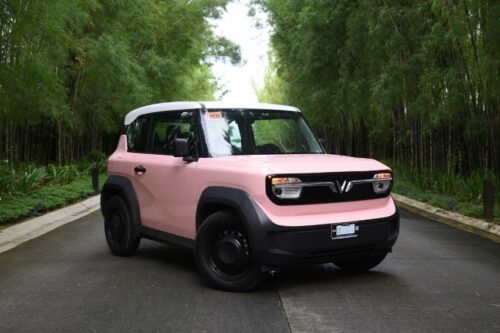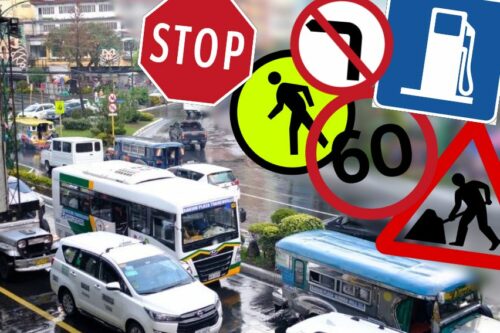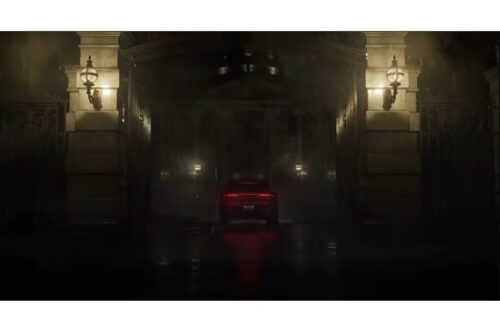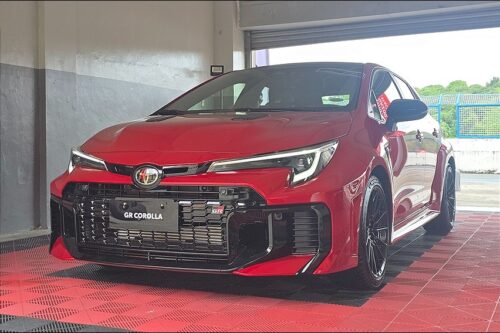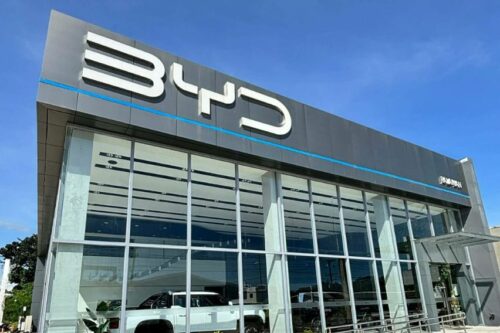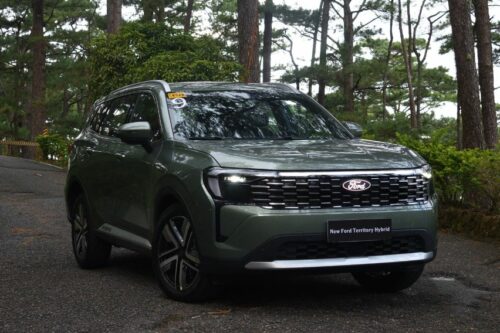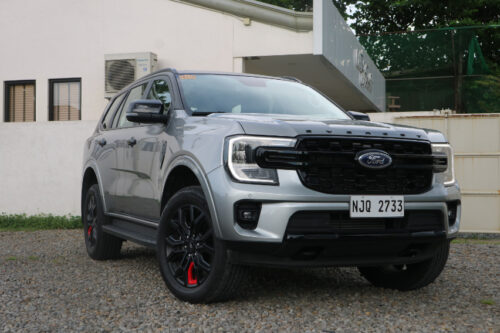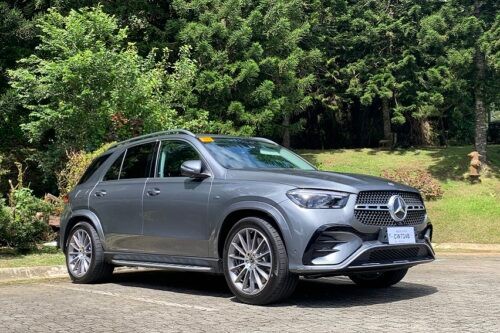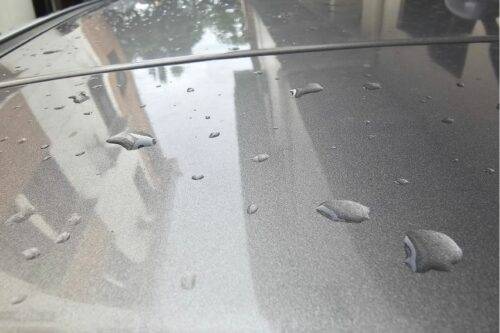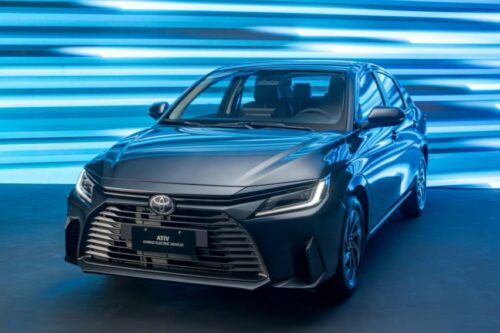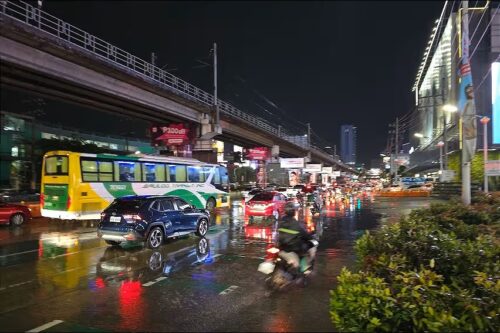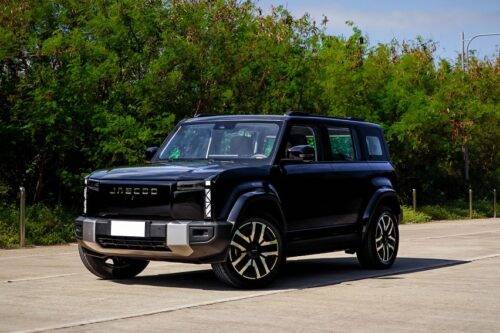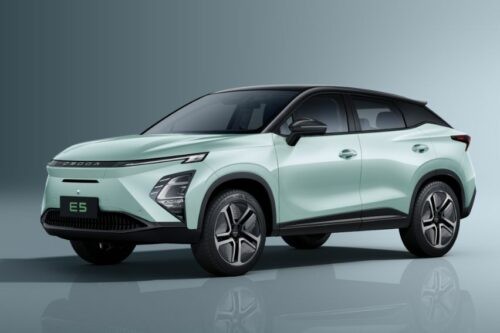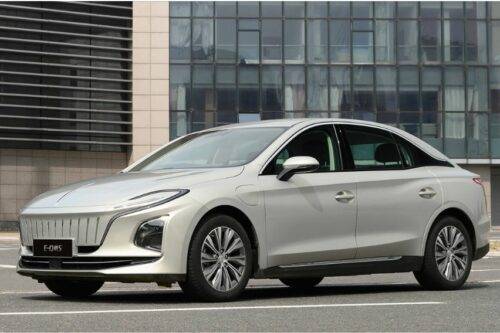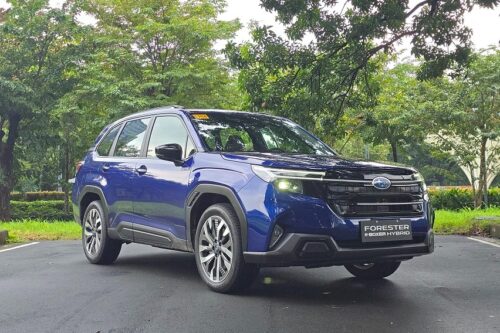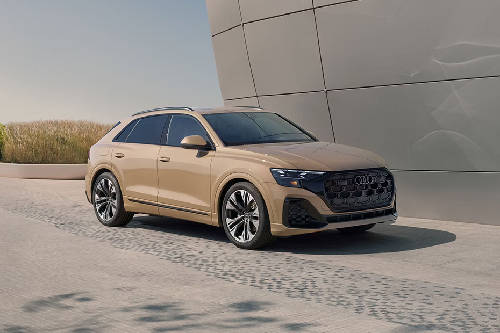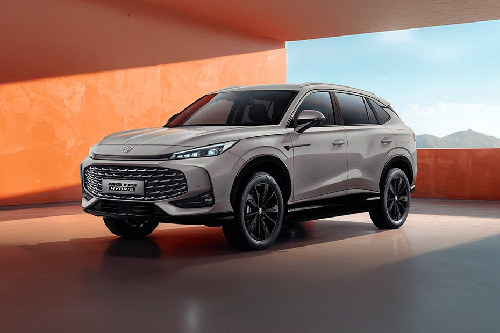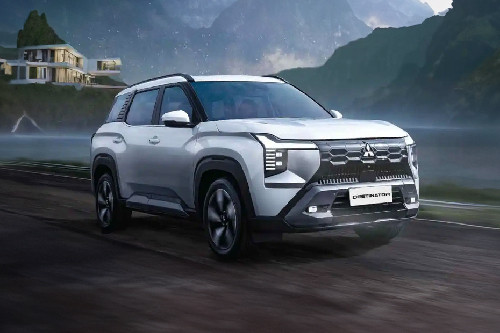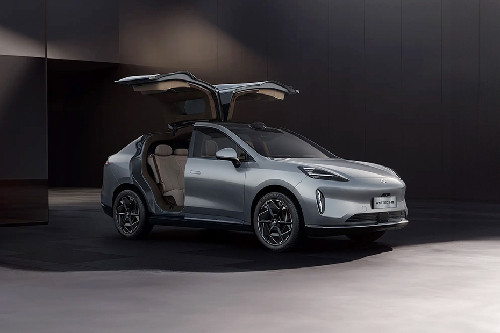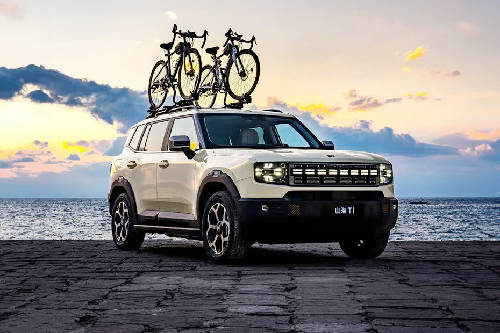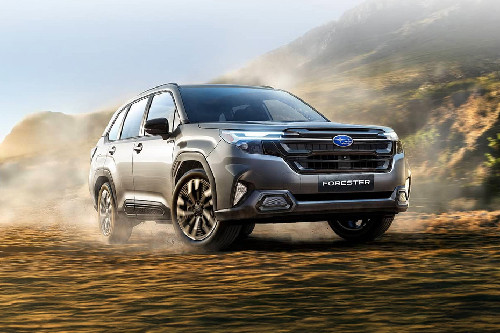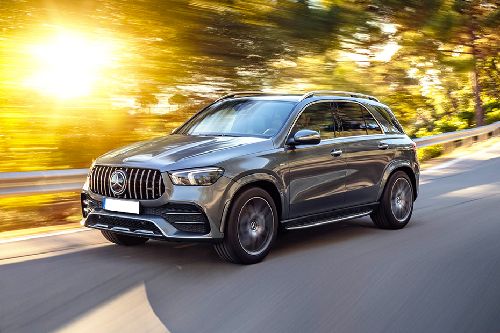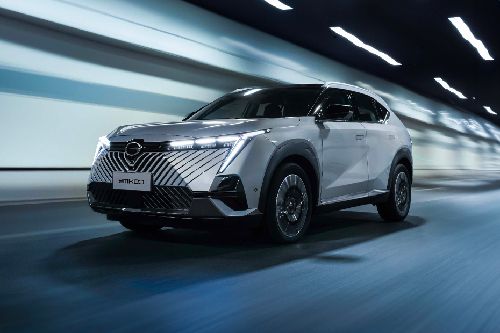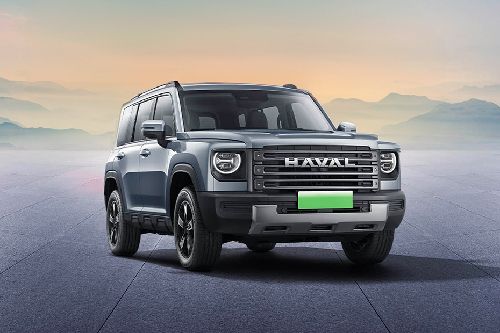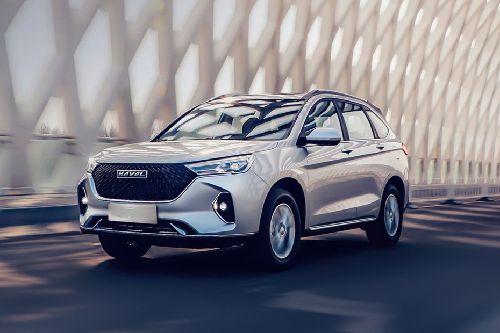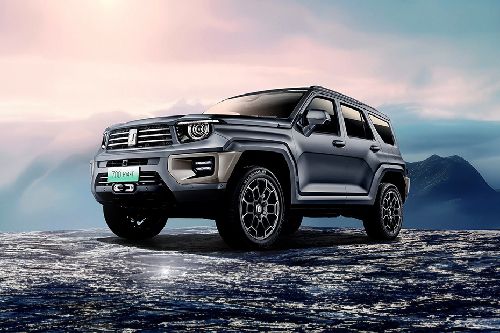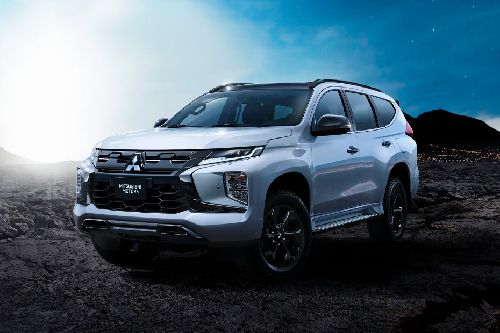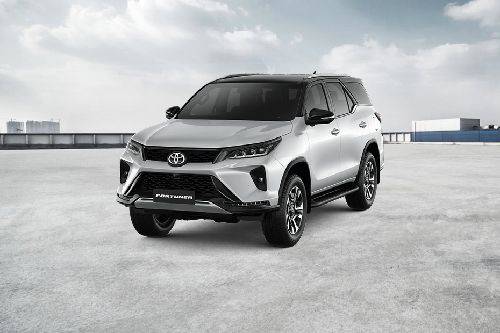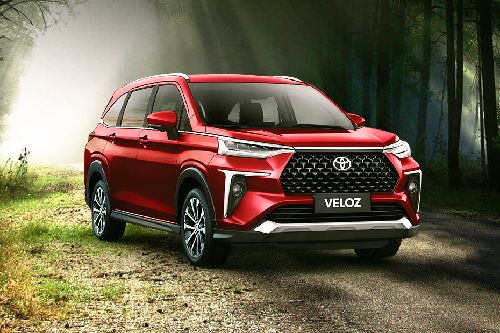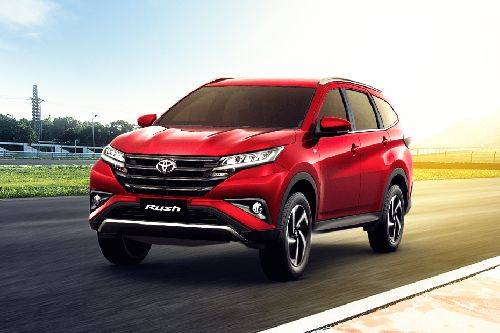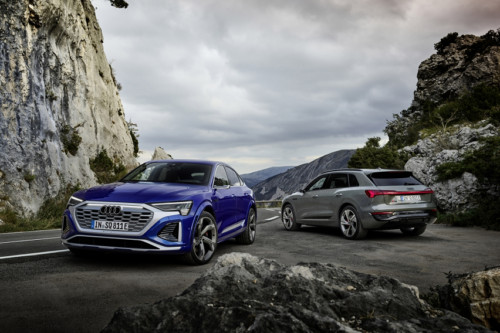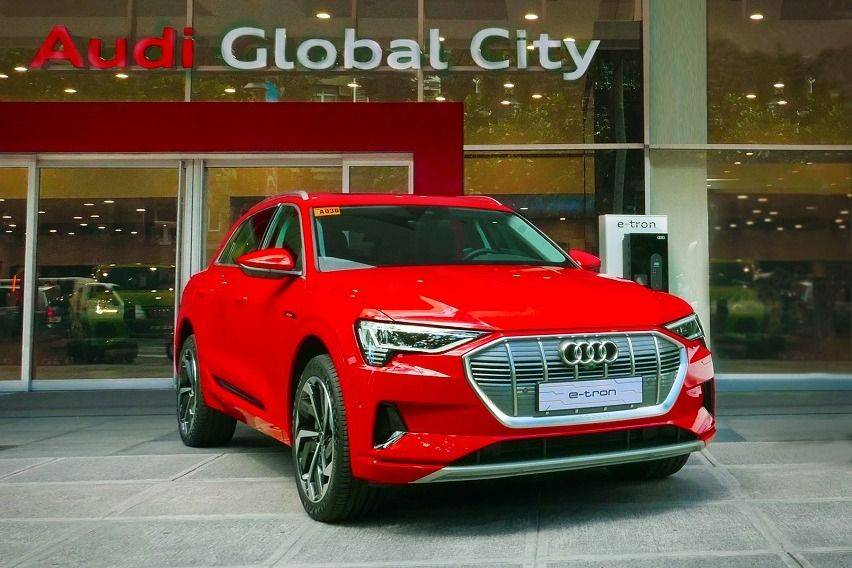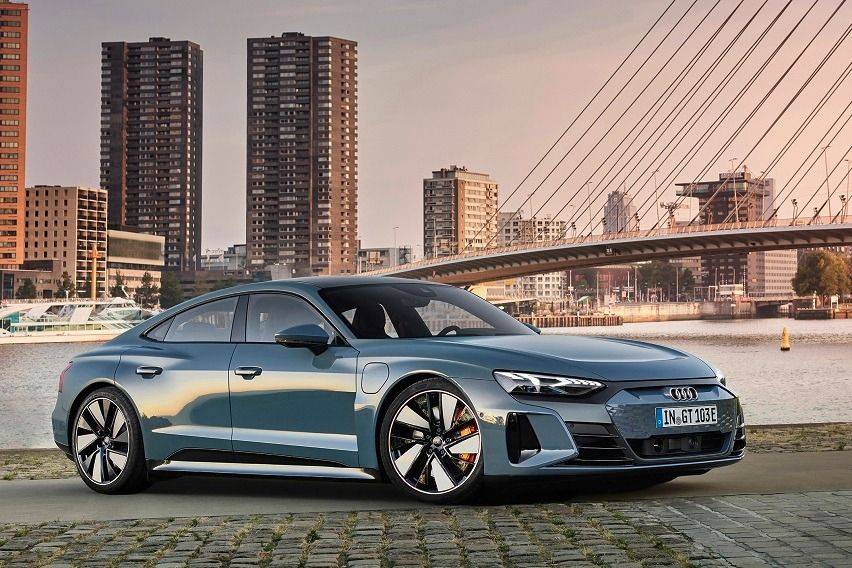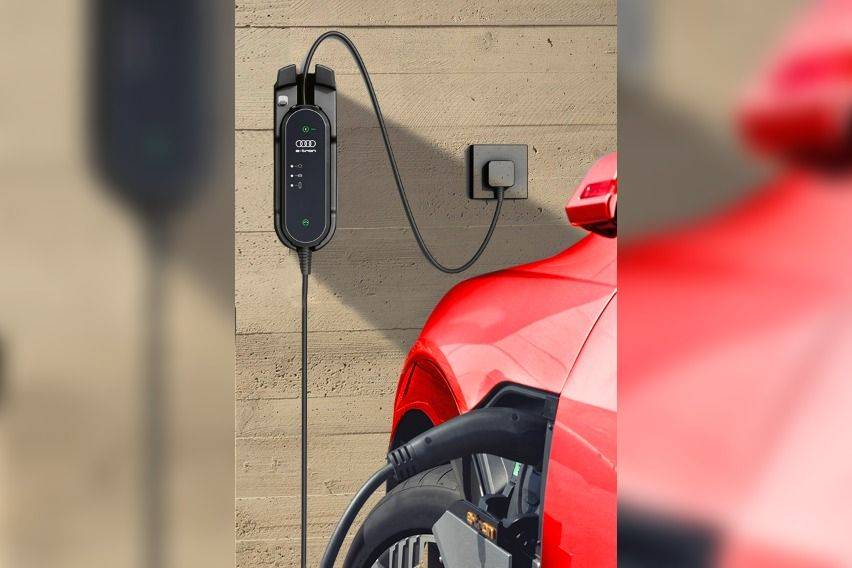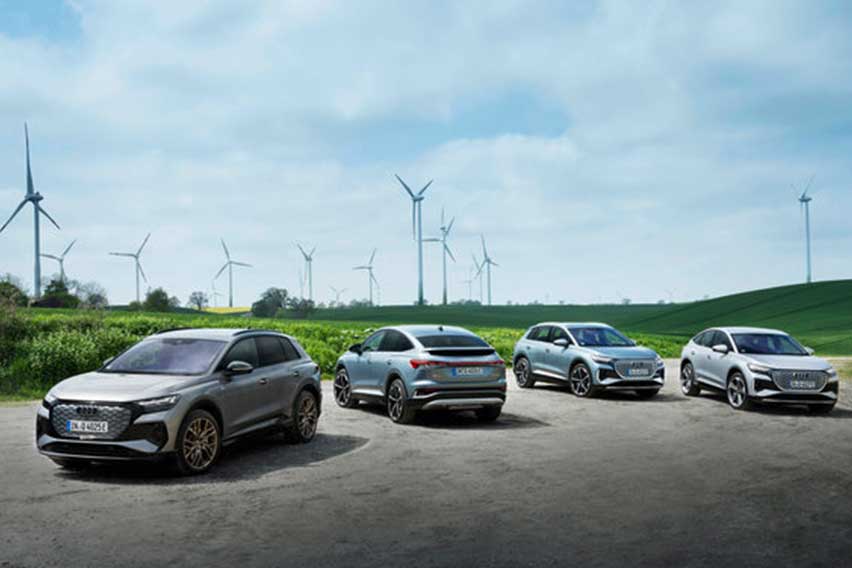Used Audi e-tron batteries power e-rickshaws in India
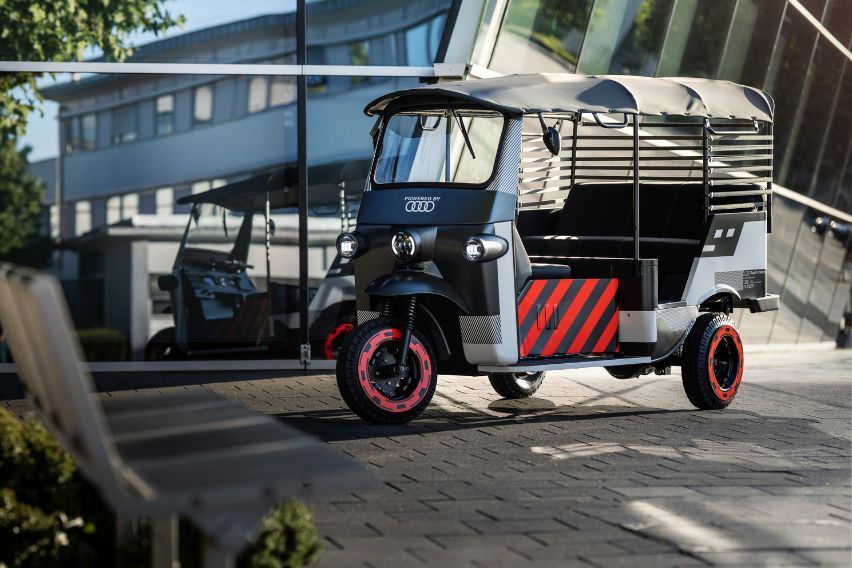
MANILA: German-Indian startup Nunam is introducing three electric rickshaws to Indian roads. Used batteries from the Audi e-tron test fleet power them. The project's goal is to see if high-voltage battery modules may be used beyond a car's life cycle and become a potential second-life use case. The project also aims to boost job opportunities for women in India by providing them with e-rickshaws to transport their goods. The Audi Environmental Foundation funds the non-profit start-up with offices in Berlin and Bangalore. Nunam created the three prototypes in partnership with the Audi Neckarsulm training team, which benefits from the intensive intercultural exchange. This is the first joint project between both Audi AG and the Audi Environmental Foundation in addition to Nunam.
KEY TAKEAWAYS
What is the primary goal of Nunam?
The startup's primary goal is to find ways to repurpose old batteries as second-life power storage systems, prolonging their lifespan while also maximize resources.When will the first e-rickshaws powered by second-life batteries be used?
The first e-rickshaws powered by second-life batteries are expected to hit the roads in India in a trial project in 2023.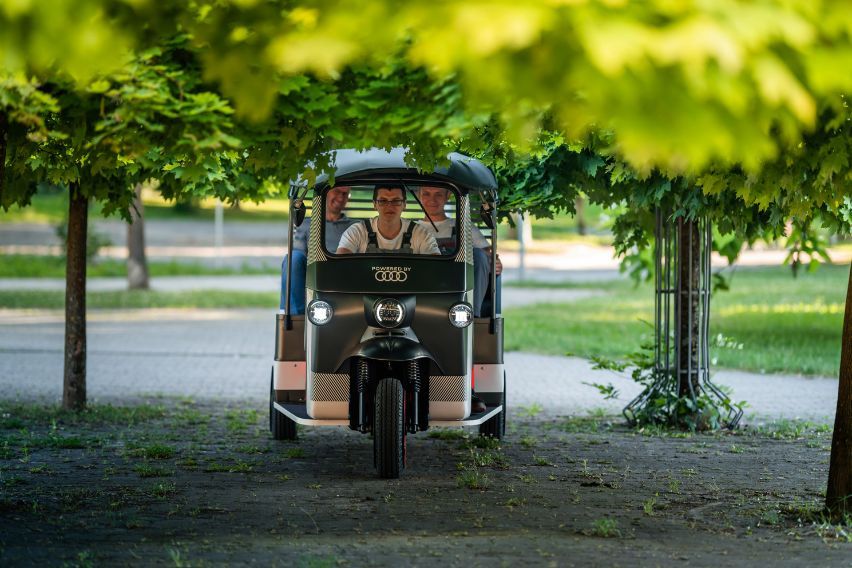
The first e-rickshaws powered by second-life batteries are expected to hit the roads in India in a trial project in 2023. They will be given to a non-profit organization. Women, in particular, will be able to use the all-electric rickshaws to transport their products to markets for sale, eliminating the need for intermediaries.

In a statement, Numan Cofounder Prodip Chatterjee said, “The old batteries are still extremely powerful. When used appropriately, second-life batteries can have a huge impact, helping people in challenging life situations earn an income and gain economic independence — everything in a sustainable way.”
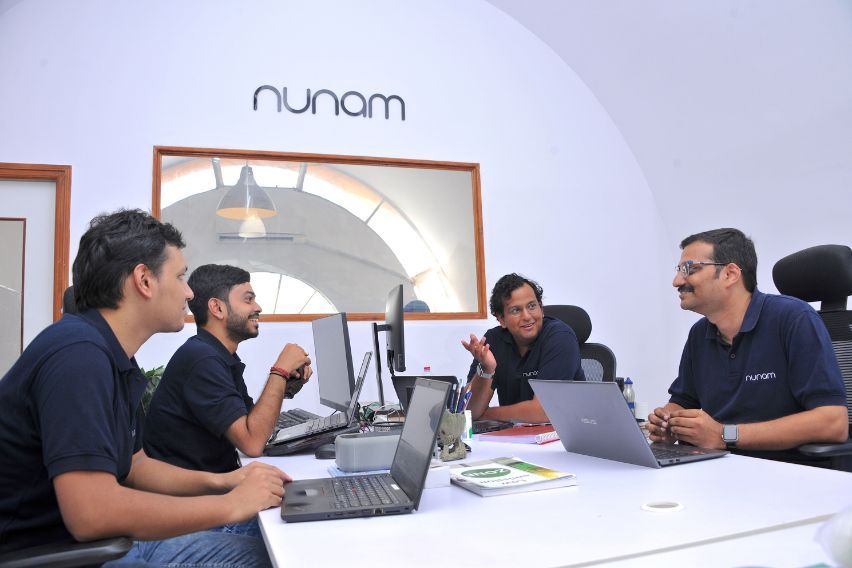
The startup's main goal is to find ways to repurpose old batteries as second-life power storage systems, prolonging their lifespan while also maximizing resources.
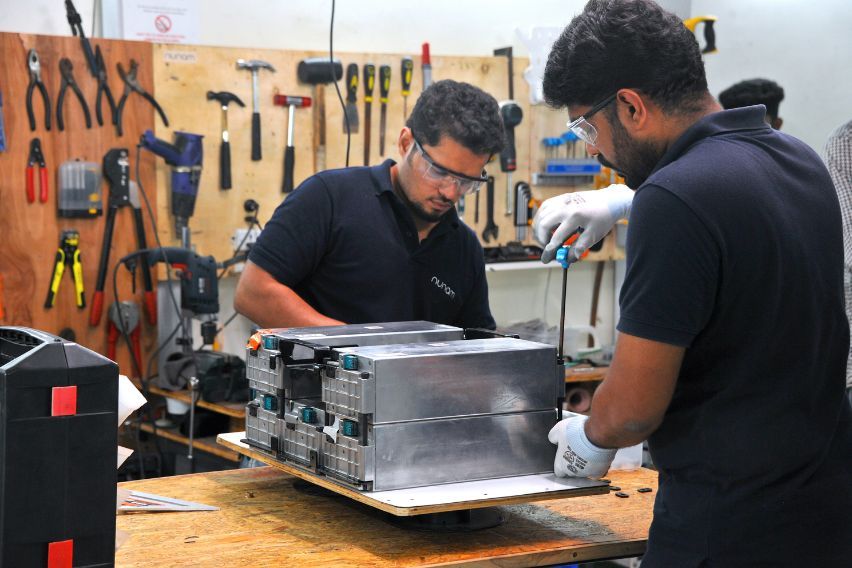
“Car batteries are designed to last the life of the car but even after their initial use in a vehicle, they still have a lot of their power. For vehicles with lower range and power requirements, as well as lower overall weight, they are extremely promising. In our second-life project, we reuse batteries from electric cars in electric vehicles; you might call it electric mobility ‘lite’. In this way, we’re trying to find out how much power the batteries can still provide in this demanding use case,” Chatterjee added.
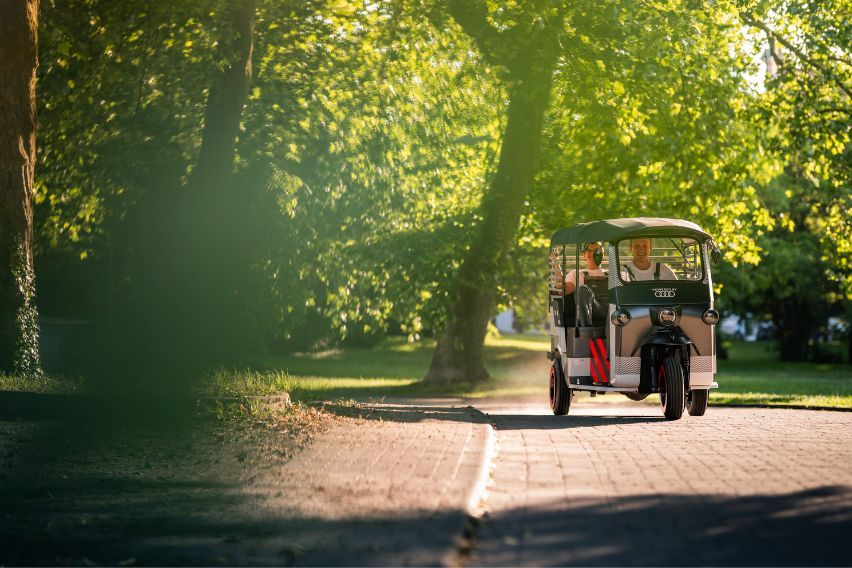
Because rickshaw drivers in India do not travel fast or far, an electric motor with a high energy density battery and a relatively light vehicle weight is not required. While electrically driven rickshaws are already common on Indian roadways today, they are typically powered by lead-acid batteries, which have a short service life and are usually not disposed of properly.
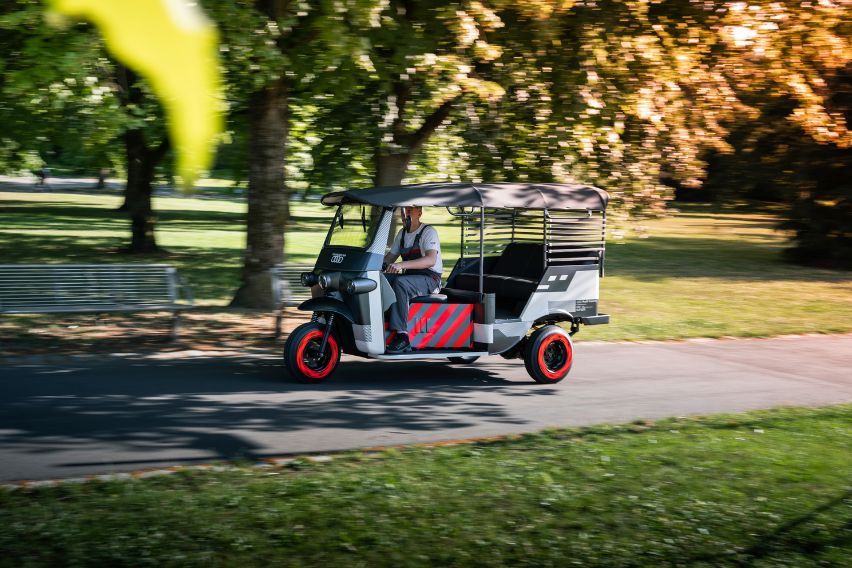
Rickshaw drivers also charge their vehicles primarily with public grid electricity, which in India is predominantly coal-fired. Nunam has a solution for this as well: the e-rickshaws can charge using power from solar charging stations. Solar panels are installed on the roofs of the local partners' establishments. Sunlight charges an e-tron battery, which serves as a buffer storage unit, during the day. The power is then transferred to the rickshaws in the evening. This method helps make local driving largely carbon-free. The electric rickshaws can be used all day and charged with renewable energy at night. Solar panels on the roof are no-brainer in India, where the sun shines all year. The charging station was also created internally.
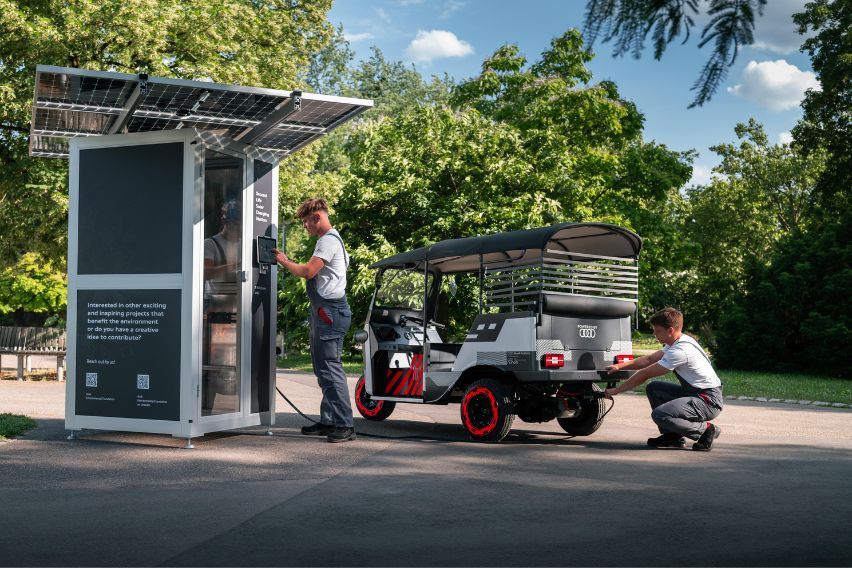
Nunam constantly keeps an eye on the e-rickshaws' performance and range. The social entrepreneurs make all of the e-rickshaw data they gather available to potential imitators on the open-source portal circularbattery.org. Imitation is actually encouraged.
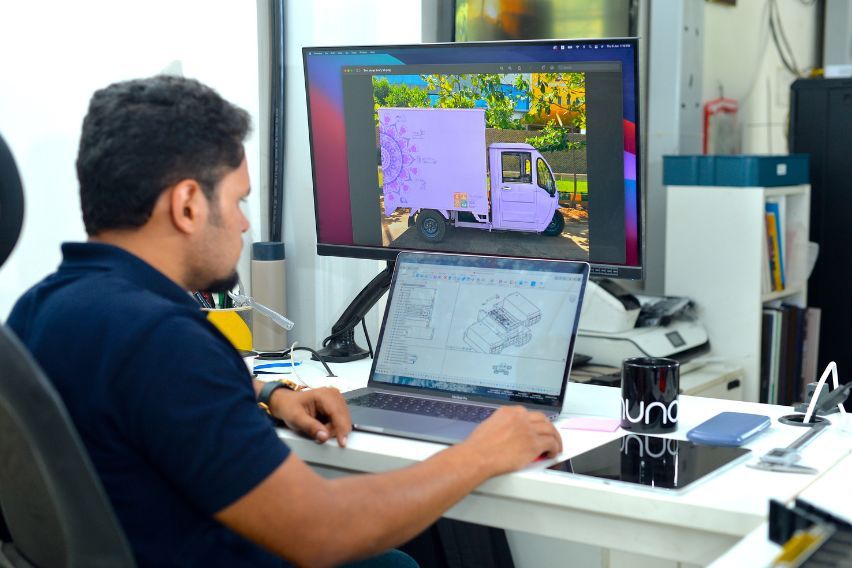
“Initiatives like the one pioneered by Nunam are needed to find new use cases for e-waste not only in India, but worldwide so Nunam shares its knowledge to motivate more initiatives to develop products with second-life components that can drive the eco-social revolution forward,” Audi Environmental Foundation Director Rudiger Recknagel stated. Nunam has been supported by the foundation since 2019.
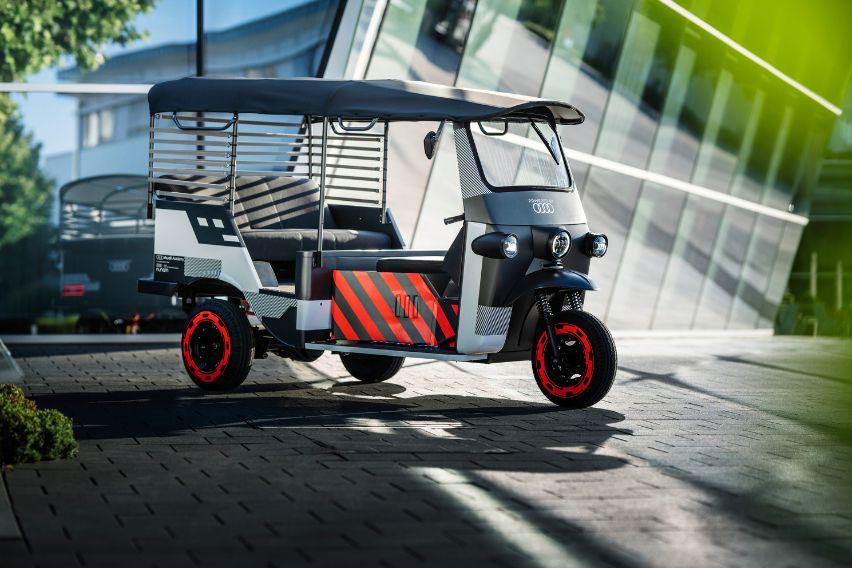
Furthermore, after spending its first life in an Audi e-tron and its second in an e-rickshaw, the battery is not necessarily at the end of its lifetime. The remaining power from the batteries can still be used for stationary applications like LED lighting. “We want to get everything possible out of each battery before recycling,” Chatterjee said.
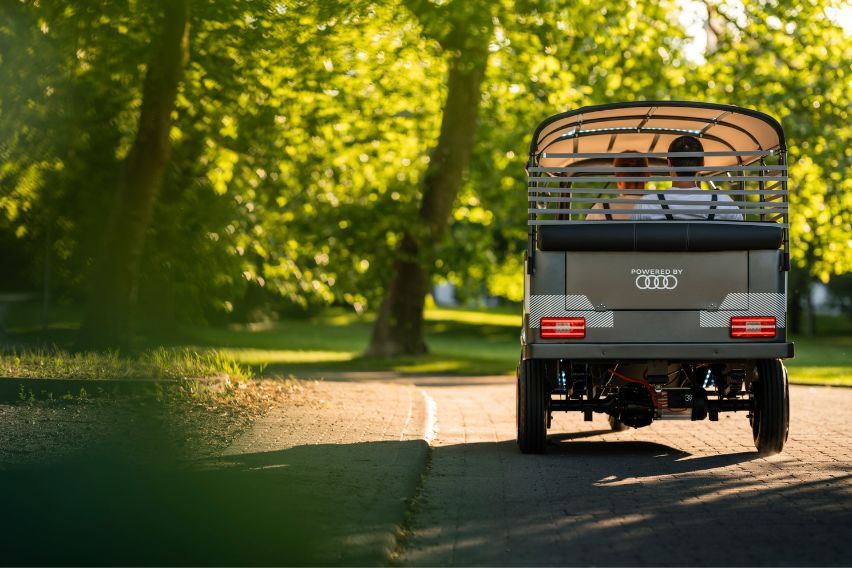
In the long run, electric mobility and solar energy can help India minimize its reliance on fossil fuels like coal, as well as the massive amount of exhaust emissions on India's roads, and give people with a stable power source. “In many ways, this project is pointing the way forward,” Recknagel added.
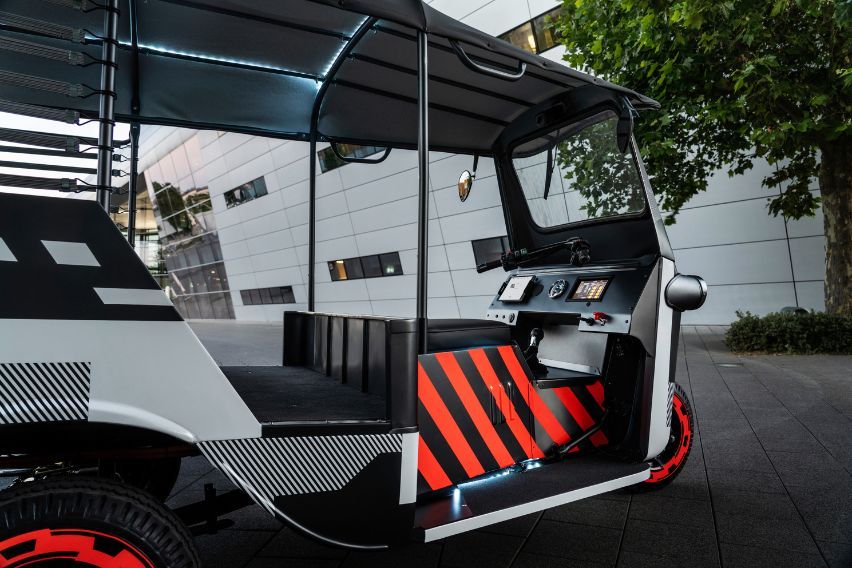
Aside from the rickshaws designed for road use in India, the Neckarsulm trainees are working with Nunam to produce an additional show rickshaw. Attendees of the Greentech Festival in Berlin can check it out and even test drive it. A 12-strong team of trainees is playing a major role in development under the supervision of Audi Neckarsulm Automotive Engineering/Logistics Training Head Timo Engler.
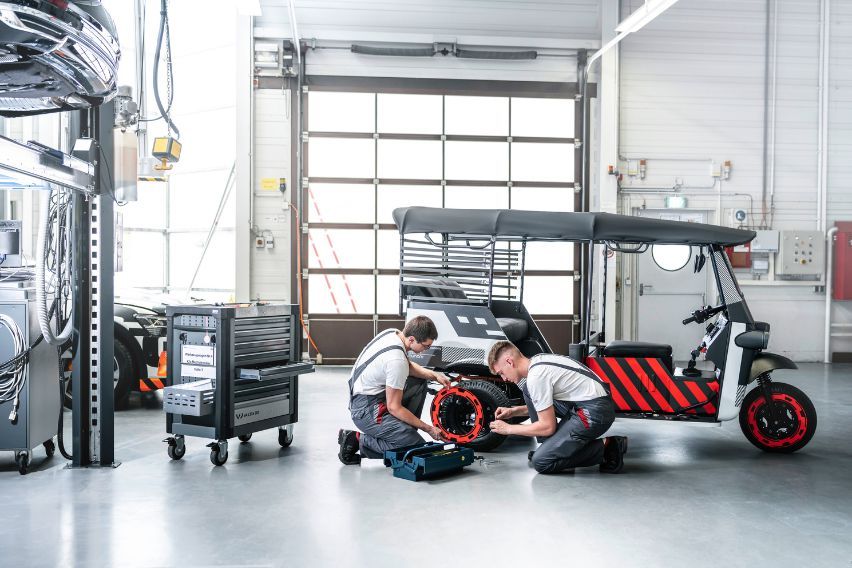
“The trainees and Nunam are in constant communication with each other — we have a dedicated line between Neckarsulm and Bangalore. In building the show rickshaw, our trainees are focusing on range, charging time, and design — the result is a rickshaw with Audi’s DNA. To us, it’s important that the trainees are involved in the project from start to finish and are given the freedom to contribute and try out their own ideas. ‘Learning by doing’ is our recipe for success. At the same time, we impart fundamental knowledge in the development of electromobility, resource efficiency, and charging technologies in an almost playful, incidental way. It’s a groundbreaking project because it combines the megatrends of sustainability, electromobility, internationalization, and social responsibility,” Engler said.
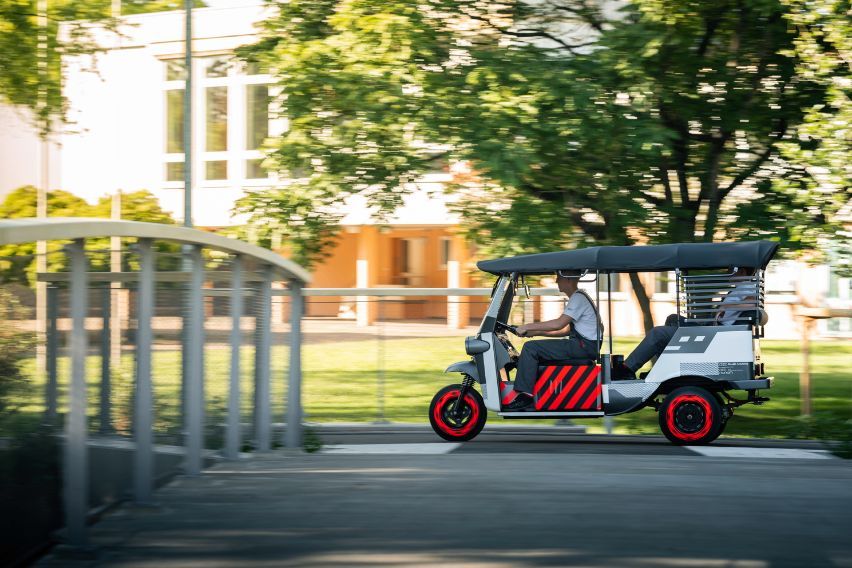
The trainees replaced the combustion engine with an electric one and designed the underfloor to house the second-life batteries while also being splashproof, all while using as much recyclable materials as possible. The project involved mechatronics technicians, coachbuilders, painters, tool mechanics, IT professionals, and automation technicians.

“We are thrilled to be able to offer our trainees the opportunity to participate in an international project through the foundation’s network. It promotes the intercultural exchange of know-how and technology, from which both sides benefit greatly,” Recknagel stated.
Photos from Audi
Also read: Onward to carbon neutrality: Audi battery components to be delivered by rail, not by truck
Sell your car at the best price
 Verified and genuine buyers
Verified and genuine buyers
-
Explore Audi E-Tron
Audi E-Tron Related Stories
- News
- Featured Stories
Audi Car Models
Trending & Fresh Updates
- Latest
- Popular
You might also be interested in
- News
- Featured Stories
Audi Featured Cars
- Latest
- Popular
Compare & Recommended
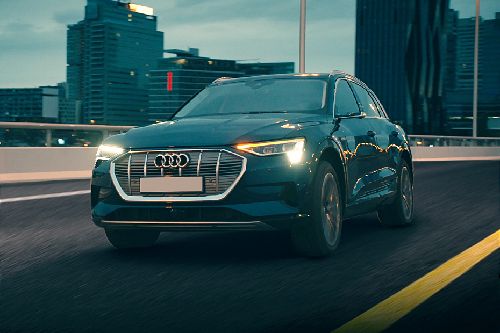
|
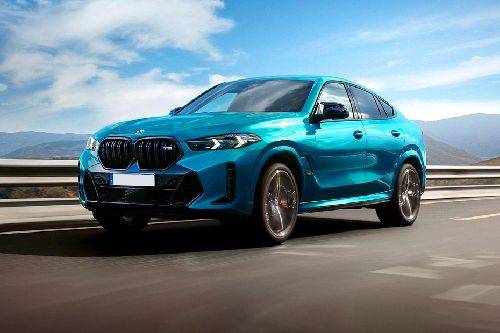
|
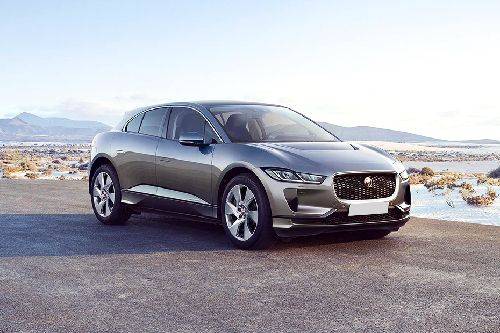
|
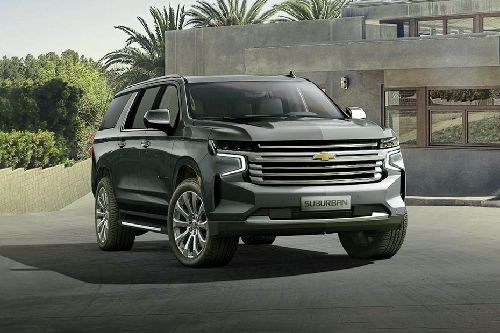
|

|
|
Seating
5
|
5
|
5
|
8
|
-
|
|
Fuel Type
Electric
|
Diesel
|
Electric
|
Gasoline
|
Diesel
|
|
Power
402
|
282
|
395
|
355
|
282
|
|
Torque
640 Nm
|
650 Nm
|
696 Nm
|
518 Nm
|
650 Nm
|
|
Transmission Type
Automatic
|
Automatic
|
Automatic
|
Automatic
|
Automatic
|
|
Engine
-
|
2993
|
-
|
5328
|
2998
|
|
|
Trending SUV
- Latest
- Upcoming
- Popular
Audi E-Tron Car Articles From Carmudi
- journal

